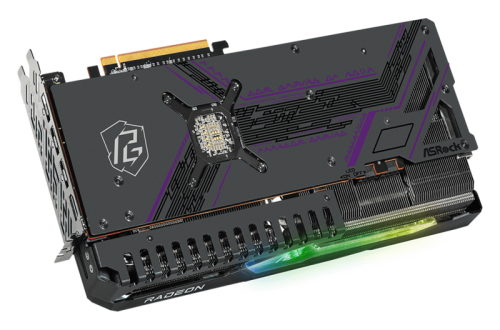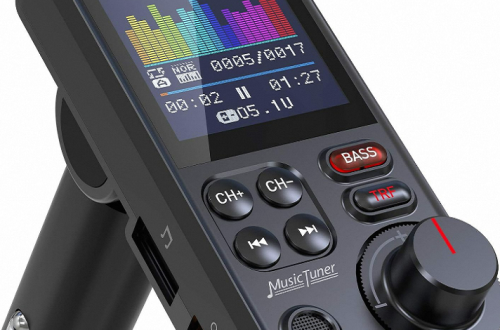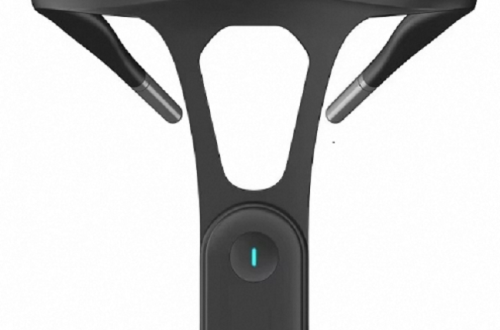I. Introduction
Technologies have undeniably improved our lives in various ways. The MacBook is a tool that many people rely on daily for work, entertainment, and communication. It’s a powerhouse that’s designed to be portable and used on the go. As a result, the battery life of a MacBook is a critical component of its functionality. Knowing how much charge remains in your MacBook’s battery can help you manage your device’s use and prevent unexpected shutdowns. This becomes increasingly important if you are someone who frequently works remotely, travels, or simply prefers to use your MacBook without being tethered to a power outlet. In this article, we will explore the importance of displaying the MacBook battery percentage and a variety of methods to help you keep track of your charge level.

II. Built-in Options
One of the simplest ways to keep an eye on your battery percentage is by enabling the battery status in the menu bar. This involves a few clicks and instantly provides you with the visibility you need. By default, macOS displays the battery icon in the menu bar, but it may not show the percentage. To change this, you simply click on the battery icon and select ‘Show Percentage.’ This feature is incredibly convenient, as it allows you to see at a glance how much power you have left without interrupting your workflow.
B. Enabling battery percentage through System Preferences
For those who prefer a more granular approach to their settings, macOS also allows you to enable the battery percentage through the System Preferences. This method gives you access to additional battery settings and information. To do this, you click on the Apple logo in the menu bar, select ‘System Preferences,’ and then choose ‘Energy Saver’ or ‘Battery’ depending on your macOS version. From there, you can check the box to show the battery status in the menu bar and customize other energy-saving settings to optimize your battery life.

III. Utilizing the Activity Monitor
A. Accessing the Activity Monitor
The Activity Monitor in macOS serves as a comprehensive utility offering insights into your MacBook‘s ongoing processes. It showcases system resources and their usage, aiding in performance assessments. To access it, navigate to the ‘Applications’ folder and then ‘Utilities.’ Within this location, you’ll find and can launch the Activity Monitor. Alternatively, employ Spotlight Search by pressing ‘Command + Space.’ After summoning the search bar, type ‘Activity Monitor’ for a quick launch. This tool displays a real-time overview of CPU, memory, and network usage. Notably, it includes an ‘Energy’ tab, beneficial for monitoring battery consumption. Here, users pinpoint applications that drain their MacBook’s battery life, optimizing accordingly. The Activity Monitor’s utility is especially useful for those needing to manage their device’s power efficiency. Overall, it’s an indispensable feature for anyone looking to extend their MacBook’s battery longevity.
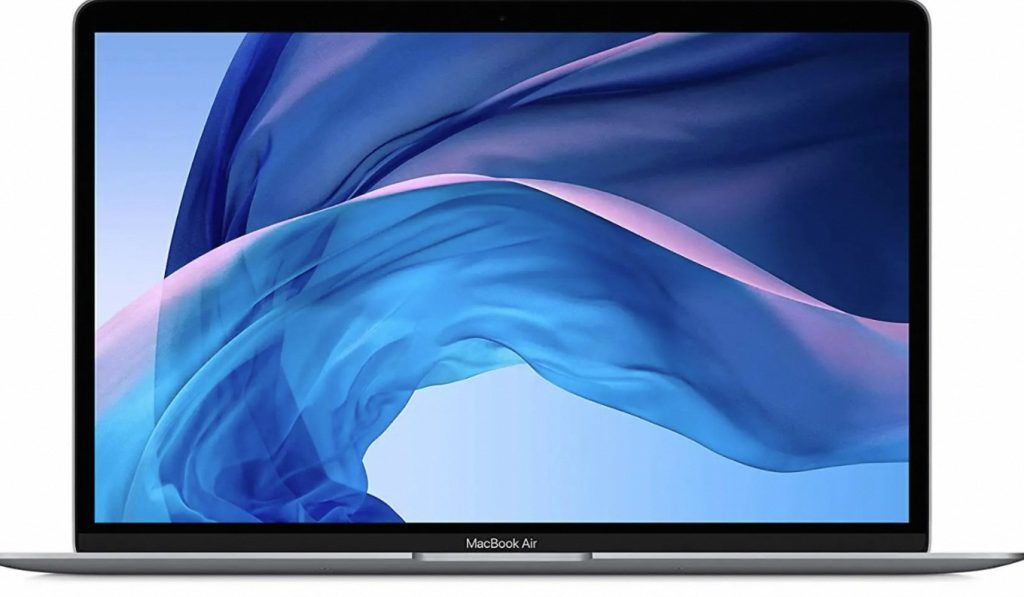
B. Viewing battery percentage in the Energy tab
Once you have the Activity Monitor open, you will find several tabs at the top of the window. The ‘Energy’ tab is particularly useful for battery-conscious users. In this tab, you can see the energy impact of each open application and process. Additionally, at the bottom of the window, there is a section that displays the current battery level as a percentage. This is useful for determining which applications are consuming the most power and managing them to extend battery life.
IV. Third-Party Applications
A. Benefits of third-party applications for battery percentage display
While the built-in options on macOS are sufficient for most users, some may require more detailed information about their MacBook’s battery. This is where third-party applications come into play. These apps often offer enhanced features, such as battery health monitoring, charge cycle tracking, and even temperature readings. With more detailed battery insights, you can make better decisions about battery maintenance and replacement.
B. Examples of popular third-party applications
Two popular third-party applications that provide comprehensive battery analytics are Battery Health and iStat Menus. Battery Health offers a user-friendly interface that displays current battery charge, capacity, cycle count, and overall health. It gives you a clear picture of your battery’s condition over time. iStat Menus, on the other hand, is a more robust system monitoring tool that, among other features, offers detailed battery status in the menu bar. It can show battery life estimates, historical usage data, and even notify you when to plug in or unplug your charger to optimize battery health.
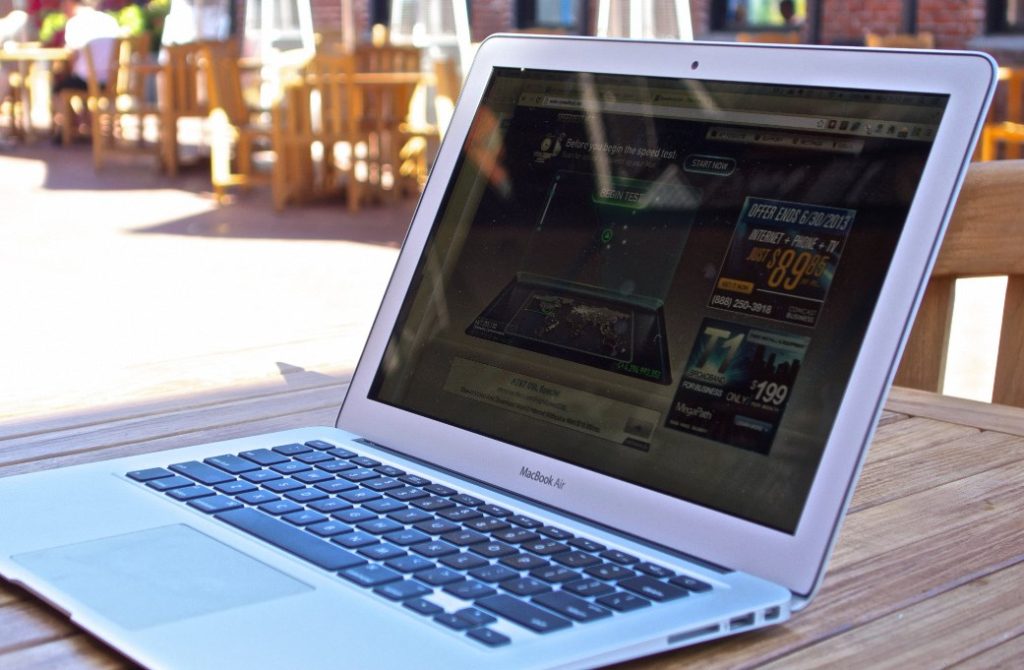
V. Additional Methods
A. Keyboard shortcut for quickly checking battery percentage
Another quick method to check your battery percentage without clicking is to use a keyboard shortcut. By pressing the Option key and clicking on the battery icon in the menu bar, you can reveal a hidden menu that provides detailed battery information, including the percentage and condition. This is a nifty trick for power users who prefer keyboard shortcuts to mouse clicks.
B. Using widgets on macOS Big Sur to display battery percentage
With the introduction of macOS Big Sur, users also gained access to widgets on their Mac, similar to those on iPhone and iPad. You can add a battery widget to the Notification Center that shows the current battery percentage, as well as usage patterns and estimated remaining battery life. To add a widget, click on the date and time in the top right of the menu bar, then click ‘Edit Widgets’ at the bottom of the Notification Center. From there, you can choose and customize the battery widget.

VI. Conclusion
Being aware of your MacBook‘s battery percentage is crucial for ensuring that you don’t run out of power at inopportune times. Whether you’re using your MacBook for mission-critical tasks or simply browsing the web, knowing your remaining charge can help you plan your activities and maintain your productivity. Fortunately, macOS offers a variety of built-in options and additional methods, including third-party applications and widgets, to help you keep track of your battery percentage. By utilizing these tools, you can stay informed about your battery status and take proactive steps to manage your MacBook’s power effectively. Ultimately, the method you choose will depend on your personal preferences and the level of detail you require, but with the options available, you can customize your battery monitoring experience to suit your needs.
